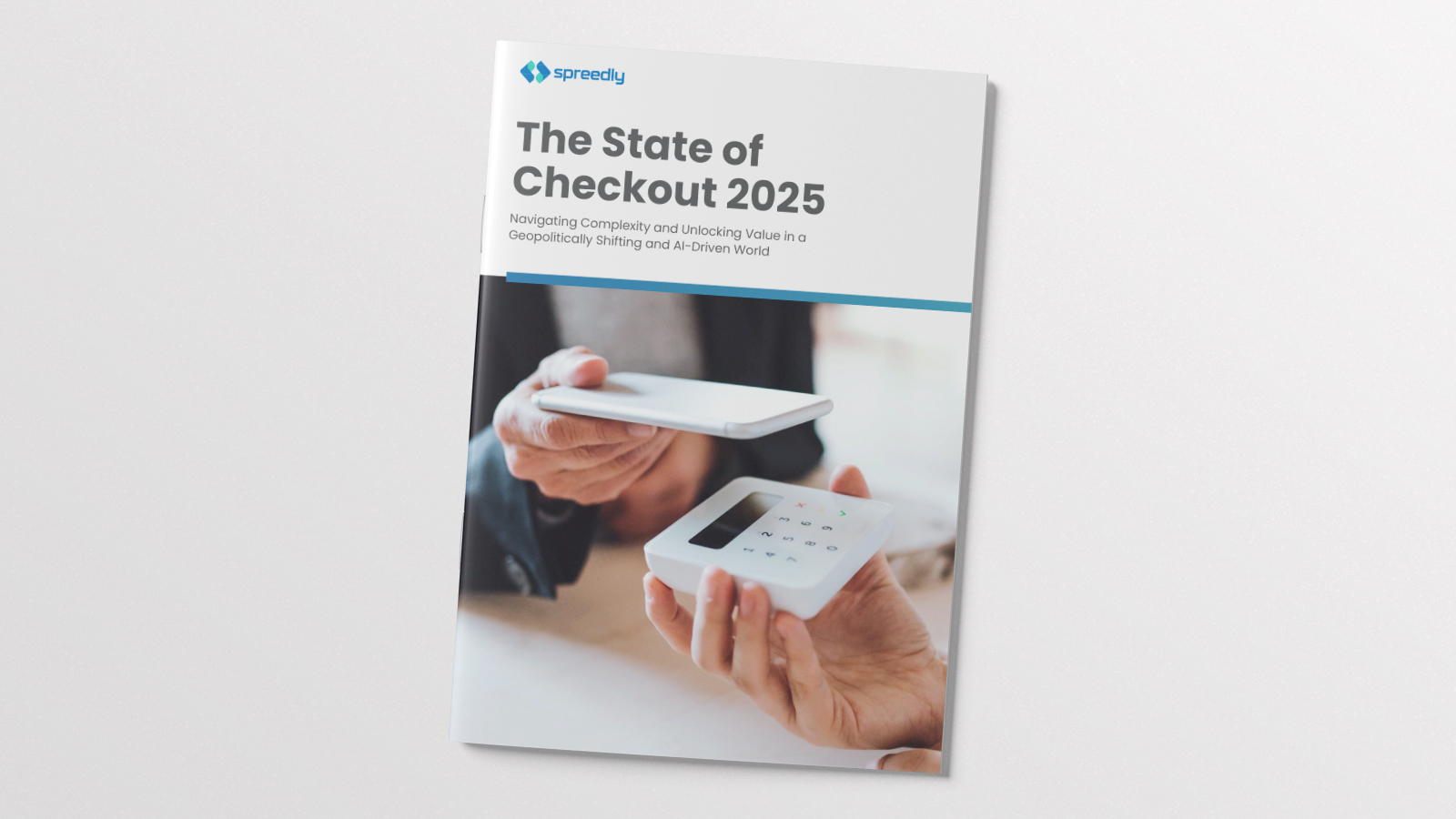
Due to their recent emergence, open banking payments are reshaping the dynamics of how card not present transactions are facilitated and managed. In 2023 Statista estimated the value of open banking transactions at $57 billion with projected exponential increases in following years. This new way to accept payments was brought on by regulatory changes and technological advancements is creating a more connected and efficient payments ecosystem. To understand how open banking works in payments first you have to understand how open baking works as a concept and came about.
What Is Open Banking?
Open banking is a regulatory framework that mandates banks to allow third-party service providers to access financial data through the use of APIs, given customer consent. This system is designed to increase competition and innovation in the financial services sector. A common example is that it enables customers to grant a personal finance app access to their banking information, which can then provide customized budgeting advice and investment recommendations.
How Does Open Banking Work?
Open banking redefines traditional financial practices by enabling a secure exchange of data between banks and third-party services through standardized APIs. This system operates on several key principles:
- API Integration: Banks provide third-party services with access to their APIs, which are sets of protocols and tools for building software applications. This access is strictly regulated and requires explicit consent from the consumer.
- Consumer Consent: Before any data is shared or transactions are initiated, consumers must explicitly authorize third-party providers to access their financial information.
- Data Security: Rigorous security measures are in place to protect sensitive financial information during transmission and access, ensuring consumer data remains confidential and secure.
- Service Innovation: With access to financial data, third-party providers can offer a range of personalized services, from streamlined payment solutions to sophisticated financial management tools. For example, open banking allows payment platforms to directly debit a customer's account at checkout, simplifying the payment process and providing a seamless customer experience.
- Regulatory Compliance: Both banks and third-party providers must comply with stringent regulations designed to safeguard consumer interests and maintain the integrity of the financial system.
Increasing Open Banking Payments Adoption
Open banking payments have been evolving since the early 2010s, gaining momentum with regulatory changes like the European Union's PSD2 directive in 2018, which laid the groundwork for wider adoption. Initially, the uptake was cautious, with both businesses and consumers navigating the new landscape of financial data sharing and privacy concerns. However, the undeniable benefits of efficiency, cost reduction, and enhanced user experience have gradually led to increased interest from businesses in recent years. Today, we're witnessing a significant shift as companies across various sectors begin to integrate open banking solutions into their payment systems, recognizing the competitive edge and customer satisfaction it brings in an increasingly digital economy. This adoption marks a pivotal moment in financial services, signaling a move towards more open, interconnected, and innovative banking practices.
Benefits of Accepting Open Banking Payments
Outside of financial intuitions and lending, open banking is introducing significant enhancements in the payments sector, primarily by facilitating direct bank-to-bank transactions. This approach not only simplifies the payment process but also offers an alternative to traditional payment systems that can be less efficient and more costly. The adoption of open banking payments is being driven by the demand for more streamlined, cost-effective, and secure payment methods.
- Cost Savings: Bypassing traditional payment methods can lead to reduced transaction fees, as illustrated by retailers who opt for direct bank transfers over conventional card-based payments, thereby lowering their operational costs.
- Rapid Transactions: The acceleration of payment processing times is a key benefit, as seen in utility companies receiving instant payments, which helps in maintaining continuous service provision without delays.
- Secure Transactions: The emphasis on enhanced security measures within open banking frameworks ensures that transactions are not only faster but also safer. This is particularly reassuring for consumers engaging in high-value transactions.
Comparing Open Banking and Card Payments
Open banking payments and traditional card payments operate on fundamentally different models. Open banking facilitates direct transfers between bank accounts, offering a streamlined and potentially more cost-effective alternative to the fee structures and processing times associated with card payments. This distinction is particularly relevant for businesses looking to optimize their payment processes and for consumers seeking faster and more secure transaction methods.
Pros of Open Banking Payments:
- Lower transaction fees due to bypassing traditional card networks
- Faster processing times, enabling instant payments
- Enhanced security through direct bank authentication
Cons of Open Banking Payments:
- Limited adoption in some regions, affecting consumer reach
- Dependency on bank participation and integration
- Potential consumer hesitation due to unfamiliarity with new payment methods
Pros of Card Payments:
- Wide acceptance and familiarity among consumers globally
- Established dispute resolution and consumer protection mechanisms
- Robust infrastructure with widespread merchant support
Cons of Card Payments:
- Higher transaction fees for merchants
- Slower settlement times compared to instant bank transfers
- Increased risk of fraud and chargebacks
Security in the Age of Open Banking
The adoption of open banking enhanced security measures, especially with the increase in instant and direct transactions. Ensuring the integrity and confidentiality of customer data is paramount, as is safeguarding against unauthorized transactions. The development of robust fraud detection and prevention mechanisms is essential in maintaining trust in this evolving financial landscape.
Robust Fraud Prevention
The focus on preventing fraud within the open banking ecosystem is critical, as the real-time nature of transactions can present new challenges. Implementing advanced security measures and continuous monitoring can help in identifying and mitigating potential threats.
Consumer Protection Priority
In the context of 'push' payments facilitated by open banking, the importance of consumer protection cannot be overstated. Establishing clear regulations and protections for consumers to safeguard against errors and unauthorized transactions is crucial for the long-term success of open banking.
Staying Ahead Of The Curve
As open banking continues to evolve, it is reshaping the payment landscape, creating opportunities for more personalized and efficient financial transactions. This ongoing transformation is being driven by technological innovation, consumer demand, and regulatory developments.
How To Accept Open Banking Payments With Spreedly
Spreedly's payments orchestration platform offers a seamless solution for businesses looking to embrace open banking payments alongside traditional payment methods. By integrating with Spreedly, businesses can easily connect to a vast network of payment services, including open banking APIs, without the need for complex infrastructure changes. This flexibility allows for the adoption of open banking payments to meet consumer demands for faster and more secure payment options, while also retaining the capability to process traditional payment methods, ensuring a comprehensive and adaptable payment ecosystem.
Why It’s Time to Embrace Open Banking
The recent emergence of open banking payments is creating waves in the payments sector, offering a number of benefits for businesses that can also be passed on to consumers. As businesses continue to navigate this transition, the importance of integrating secure and efficient payment solutions becomes increasingly important. Embracing open banking payments can lead to more streamlined transactions, enhanced security, and a better overall user experience.
Contact Spreedly and learn how to seamlessly integrate open banking payments into your payment stack.




